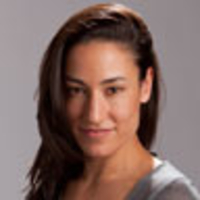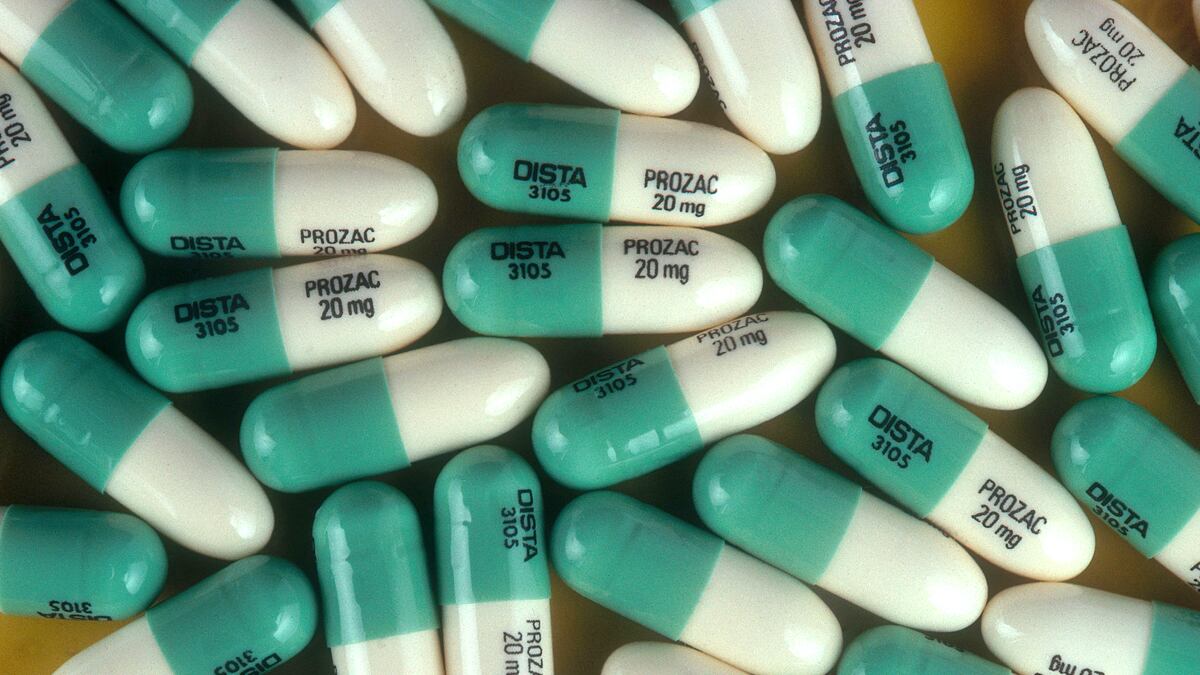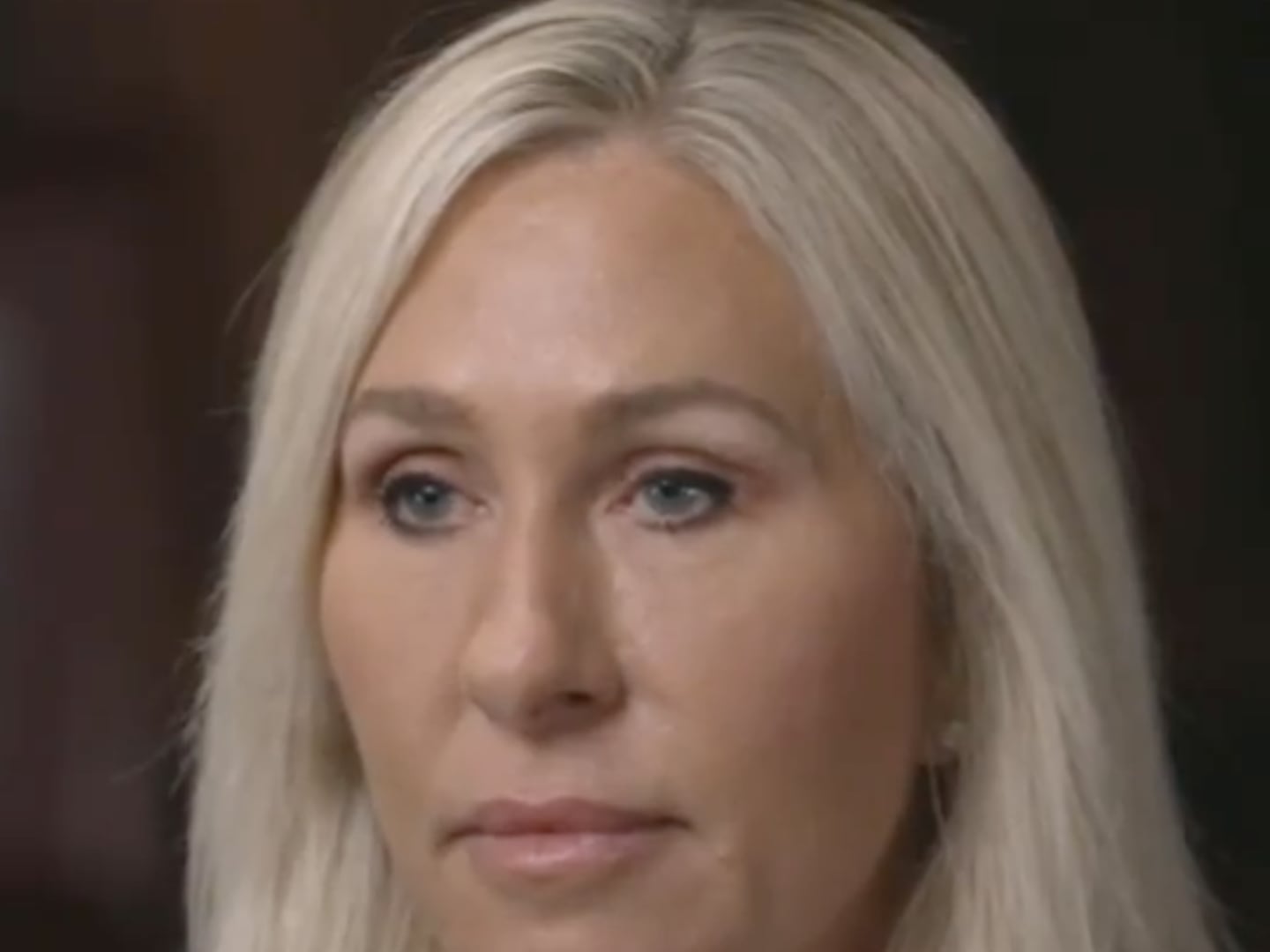Make no mistake about it—America is doped up to the gills.
Medco, the nationwide pharmacy-service company, released a report Wednesday laying out the prescription-pill habits of millions of Americans between 2001 and 2010.
Specifically, what the investigators at Medco focused on were “mental-health-related medications,” which fell into four categories: antidepressants, such as Prozac and Paxil; anti-anxiety pills, such as Xanax and Valium; ADHD pills, such as Ritalin and Adderall; and antipsychotics, including Seroquel, Resperadol, and Abilify.
And oh, how familiar these names have all become.

Among the many findings in the Medco report:
—In 2010, more than one in five adults was taking at least one of these drugs. That’s a 22 percent increase since 2001.
—Antidepressants are the most popular kind of mental-health medication. In 2010, 21 percent of American women over the age of 20 were prescribed one. For men, antidepressants are roughly half as common, but that number is changing. Twenty-eight percent more men were taking antidepressants in 2010 than in 2001.
—Although it’s women over 45 who take the greatest number of these drugs, it was young men, between 20 and 44 years old, who showed the greatest increase, jumping 43 percent since 2001.
—Eleven percent of middle-aged women are taking anti-anxiety medication, almost double the number of men who do, while kids between 10 and 19 years old increased their use of anti-anxiety pills by 50 percent from the start of the decade.
—Among children, more boys than girls are taking pills like Adderall and Ritalin for ADHD, but girls are gaining on them; 40 percent more girls were taking ADHD medications in 2010 than in 2001. Yet that increase, large as it is, is nothing compared with the increase for women in the 20-to-44 age range, for whom these meds were prescribed 264 percent more often in 2010 than in 2001.
—Men between 20 and 64 years old quadrupled their use of antipsychotics; women of the same age group more than tripled theirs.
But just because Americans are swallowing pills marked for specific disorders doesn’t mean they actually suffer from them. The Medco report tells us nothing about the diagnoses that went along with the prescriptions. Many, if not all, of the medications included in the Medco survey are routinely used for off-label purposes, performing functions other than those they originally were designed for.
For instance, antidepressants are now prescribed also for patients with fibromyalgia and anxiety disorders. Similarly, drugs known as “atypical antipsychotics,” such as Seroquel and Abilify, came on the market to treat psychosis but since have been adopted for the treatment of bipolar disorder as well as serving as an add-on drug in antidepressant regimens.
Dr. David Muzina, a psychiatrist who leads the Medco Neuroscience Therapeutic Resource Center, said that of all the study’s findings, he found the whopping increase in the use of these antipsychotic meds the most surprising—and most alarming.
Specifically, what concerns Muzina is their side effects. This class of drugs has been shown to raise blood lipids and significantly increase the risk of type II diabetes. It is strongly recommended that patients taking one of these drugs have, at minimum, a yearly blood workup to monitor glucose levels and lipids. Yet many patients and their physicians don’t comply with these guidelines, said Muzina. And so a “safety gap” opens up for the millions of Americans being dosed with Seroquel and its pharmaceutical siblings.
“My belief is that the report will surprise physicians and make them think whether or not their use is warranted,” he said.
The report provides information based solely on prescriptions being filled, so any theory about why a certain number has gone up or down is just a theory.
For the ADHD medications, such as Adderall and Ritalin, which have soared in popularity among Americans since 2001, the numbers could be misleading.
More boys than girls take these drugs in childhood, but more adult women than men were prescribed them in the last decade. The finding could be understood, said Muzina, in terms of how attention disorders present in girls, who often lack the “hyperactivity” that puts the H in ADHD. They might suffer from an attention disorder, but it’s not as conspicuous as it is in boys, so it may take until adulthood for women with ADHD to recognize the symptoms in themselves.
But this clearly isn’t the whole explanation. These drugs are taken on many American college campuses for their ability to keep students wired and focused around the clock.
“Frankly, the other component is that there’s some popularization of ADHD,” said Muzina, “and in America, we have a proclivity for the fast fix.”






